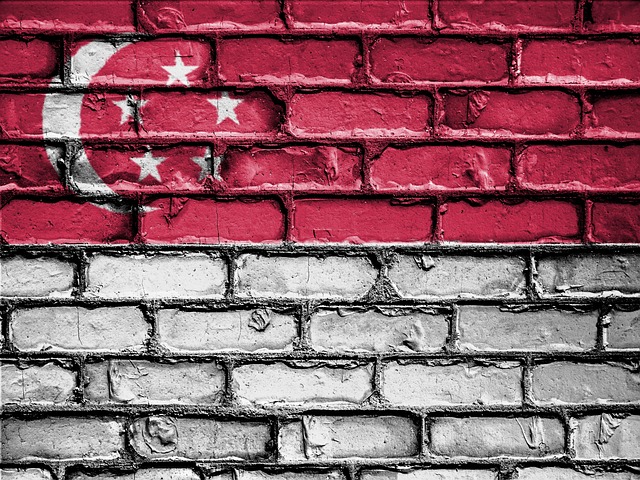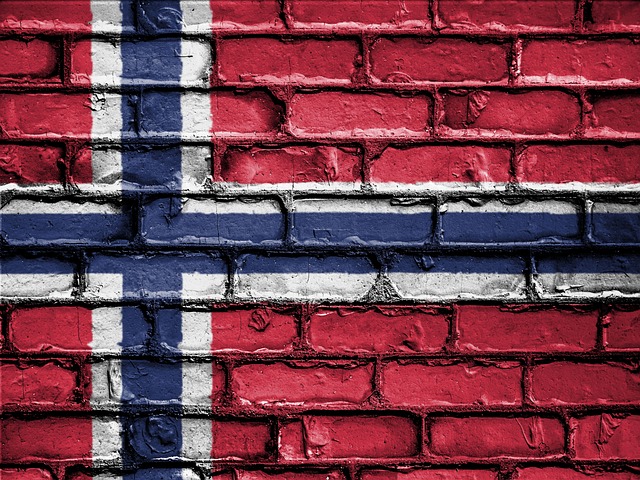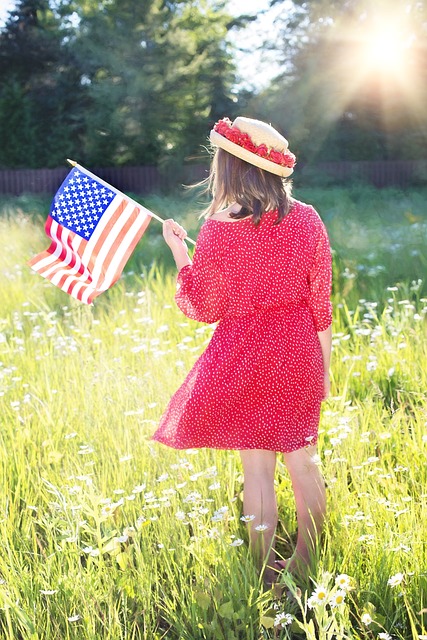The American Flag and Peace Sign, powerful symbols of freedom, unity, and non-violence, are key elements at peace rallies, driving positive change through nonviolent resistance. Historically rooted in social movements, these symbols continue to unite diverse communities tackling global challenges like social equity, conservation, and harmony. Rally organizers should incorporate these iconic images creatively into banners, while navigating legal permits and local regulations for smooth events. Community engagement through inclusive activities, workshops, and dialogues strengthens social bonds, fostering a culture of peace and unity around the American Flag Peace Sign.
“The American Flag and Peace Sign, iconic symbols of freedom and harmony, take on new meanings in the context of peace rallies and gatherings. This article explores how these powerful imagery and events have evolved over time, providing a comprehensive guide for organizing meaningful and legal protests. From understanding the symbolism to practical tips on banner design and community engagement, discover how to create a lasting impact while promoting peaceful coexistence.”
- Understanding the Symbolism: Unraveling the Power of the American Flag and Peace Sign
- The History of Peace Rallies and Their Relevance Today
- Designing and Creating Banners: Tips for a Memorable Visual Impact
- Legal Considerations and Permits: Ensuring a Smooth Event Organization
- Engaging the Community: Strategies to Foster Unity and Peaceful Coexistence
Understanding the Symbolism: Unraveling the Power of the American Flag and Peace Sign

The American Flag and the Peace Sign, two iconic symbols with profound meanings, have become powerful tools for communication at peace rallies and gatherings. The American Flag, often seen as a symbol of freedom, unity, and national pride, holds immense significance in its design and history. Each star represents a state, and the stripes symbolize the original thirteen colonies, encapsulating the diverse and unified nature of the nation. When flown together with the Peace Sign, it conveys a message of harmony, solidarity, and the pursuit of peace among all citizens.
The Peace Sign, with its simple yet striking design, has become an international icon for non-violence, tranquility, and hope. Created during the anti-war movement of the 1960s, it represents a universal desire for peace and an alternative to conflict. Combining this sign with the American Flag at rallies amplifies the call for peace within the framework of national identity, fostering a sense of unity among diverse groups while celebrating their shared values of liberty and peace.
The History of Peace Rallies and Their Relevance Today

Peace rallies have a rich history, dating back to significant social and political movements in the mid-20th century. These gatherings, often characterized by marches, speeches, and symbolic gestures, became powerful tools for advocating change and promoting nonviolent resistance. Iconic symbols like the American Flag and Peace Sign played pivotal roles in these rallies, uniting people across diverse backgrounds in a shared quest for peace and justice.
Today, the spirit of peace rallies remains relevant as we continue to face global challenges. With renewed calls for social equity, environmental conservation, and international harmony, modern-day activists draw inspiration from history, utilizing similar tactics and symbols—including the timeless American Flag Peace Sign—to foster a sense of unity and hope. These gatherings serve as platforms for raising awareness, fostering dialogue, and mobilizing communities towards positive transformation.
Designing and Creating Banners: Tips for a Memorable Visual Impact

When designing and creating banners for peace rallies, the goal is to create visually striking displays that convey a strong message. Incorporating iconic symbols like the American Flag and Peace Sign can instantly evoke feelings of unity and harmony. Use these familiar images creatively; for instance, intertwining the stars and stripes of the flag with the classic hand-shaped peace sign can create a powerful visual statement.
To ensure a memorable impact, consider using vibrant colors that contrast against one another. Bold lettering or symbols drawn by hand can also add depth and texture to your banner. Think about the message you want to convey; is it hope, serenity, or resistance? Reflecting this theme through color choice and design layout will enhance the overall aesthetic appeal of your banner, making it a standout feature at any gathering.
Legal Considerations and Permits: Ensuring a Smooth Event Organization

When organizing peace rallies or gatherings, it’s crucial to navigate legal considerations and permit requirements to ensure a smooth event. In the United States, different locales have varying regulations regarding public gatherings, so understanding the specific laws in your area is essential. Typically, you’ll need to obtain permits from local authorities, such as city or county governments, to secure access to public spaces like parks or streets for large gatherings.
These permits often involve setting up a plan for crowd control, traffic management, and ensuring the safety of attendees. Displaying an American Flag with a Peace Sign can be a powerful statement, but it’s important to comply with local guidelines regarding flag usage and public display regulations. Being proactive in this regard will help avoid any legal hurdles or disruptions during your event, allowing you to focus on spreading your peaceful message.
Engaging the Community: Strategies to Foster Unity and Peaceful Coexistence

In fostering a sense of unity and peaceful coexistence, community engagement is paramount. Organisers of peace rallies and gatherings play a crucial role in bringing people together by implementing inclusive strategies that transcend cultural, religious, and ideological differences. One effective approach is to incorporate symbolic representations that resonate with diverse audiences, such as the iconic American Flag Peace Sign. This visual symbol not only evokes feelings of patriotism but also conveys a powerful message of harmony and unity.
During events, organisers can facilitate interactive activities, workshops, and dialogues that encourage open communication, active listening, and mutual understanding. By creating safe spaces for dialogue, participants from various backgrounds can share their experiences, address misconceptions, and find common ground. Such initiatives strengthen social bonds, promote empathy, and cultivate a culture of peace, making these gatherings impactful and transformative experiences for the community at large.
